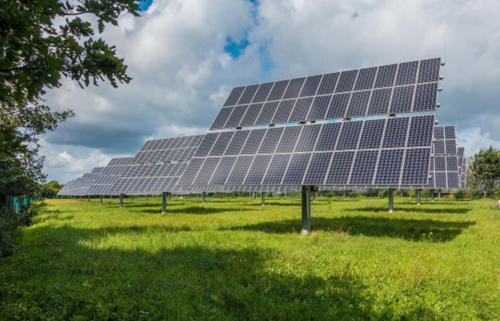
What is Grid Modernization and Why Does it Matter?
Grid modernization is the process of upgrading the electricity grid to make it more efficient and resilient. It includes a variety of changes, such as accommodating new technology, new forms of electricity generation and distribution, installing smart meters, updating grid infrastructure, integrating renewable energy and clean energy sources, and more.
Why is Grid Modernization Important?
There are many reasons why grid modernization is important. One is that it can help to make the grid more resilient in the face of extreme weather events, which are becoming more common due to climate change. Another reason why grid modernization is important is that it can make it easier to integrate renewable energy sources into the grid—a vital tool in combating climate change.
What Changes Can Be Made to Enhance Grid Modernization?
There are a lot of different types of changes that can help modernize the grid, including:
- Installing smart meters to help grid operators get real-time data on electricity use.
- Integrating renewable energy sources like solar and wind into the grid.
- Incorporating new technologies like microgrids to help grid operators manage electricity supply and demand.
- Introducing new technologies like grid-scale battery storage to help balance electricity supply and demand and increase grid reliability, resiliency, and flexibility—especially in times of high demand.
What is the Electric Grid?
The electric grid is made up of power lines and other infrastructure. It contains three main components: transmission systems, distribution systems, and generation systems.
Transmission Systems: The grid’s transmission system is made up of high-voltage power lines that carry electricity from power plants to substations.
Distribution Systems: The grid’s distribution system is made up of lower-voltage power lines that carry electricity from substations to homes, schools, faith communities, and businesses.
Generation Systems: Electricity is generated at power plants, solar farms, wind farms, etc. Generation systems can use coal, natural gas, nuclear power, and renewable resources like solar power and wind.
Distributed generation, which refers to small-scale power generation that is located close to where it will be used, is also playing an increasingly important role in the grid modernization initiative.
What is a Modernized Power Grid?
A modernized power grid is a grid that is designed to meet the challenges of the 21st century. It’s a grid that can accommodate more renewable energy sources, that is more resilient to weather events and other disruptions, and that is more efficient in order to save money and reduce emissions.
An example of a modern power grid is the one being developed by the U.S. Department of Energy’s Office of Electricity Delivery and Energy Reliability. This grid will use new technologies like microgrids and smart grid technologies, and it will be designed to be more flexible and adaptable to meet the needs of a changing world.
Modernizing the grid and switching to sustainable energy can provide the U.S. economy a huge boost, particularly in rural areas, as there will be a lot of work—and therefore jobs—needed to complete it. One important aspect of grid modernization? Grid digitalization.
What is Grid Digitalization?
Grid digitalization is the process of making the grid more efficient and easier to use through new tech that can both improve grid operations and customer service.
Digital Grid Technologies Include:
- Smart Grid Technologies like automation systems, residential utility data systems, and more.
- Distributed Energy Resources (DERs)
- Energy Storage
- Renewable Energy Integration
- Electric Vehicles and EV charging stations
Modernizing the Grid: Why We Need a Modernized Grid?
The grid is aging and we need to upgrade it so that it can meet the challenges of the 21st century. Modernization, like incorporating smart grid technologies, can help keep the power grid resilient to avoid power outages.
Clearway Community Solar understands the changes needed within the power grid to bring us into a sustainable energy future. Taking the steps to modernize the power grid will lead us there.
Ready to take action and be part of the grid modernization movement?
Contact Clearway Community Solar to learn how you can contribute to a sustainable energy future. Together, we can lead the way towards a more efficient, resilient, and environmentally friendly power grid.
Frequently Asked Questions
What are the main benefits of grid modernization?
Grid modernization brings several benefits, including increased resilience to extreme weather events, easier integration of renewable energy, improved efficiency, and reduced emissions.
How does smart grid technology work in grid modernization?
Smart grid technology involves the use of advanced sensors and communication systems to gather real-time data on electricity use and grid performance. This data helps grid operators make informed decisions and optimize grid operations.
What role does renewable energy play in grid modernization?
Renewable energy sources like solar and wind are essential in modernizing the grid. They provide clean and sustainable energy, reducing the carbon footprint of the grid.
How can individuals contribute to grid modernization?
Individuals can contribute by adopting energy-efficient practices, investing in rooftop solar panels, and supporting policies that promote grid modernization and clean energy.
What challenges does grid modernization address?
Grid modernization addresses challenges such as an aging infrastructure, the need for greater grid flexibility, and the transition to cleaner energy sources to combat climate change.









